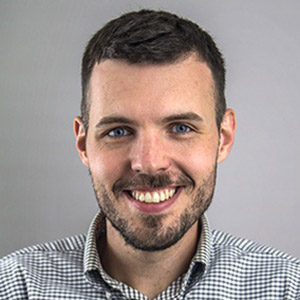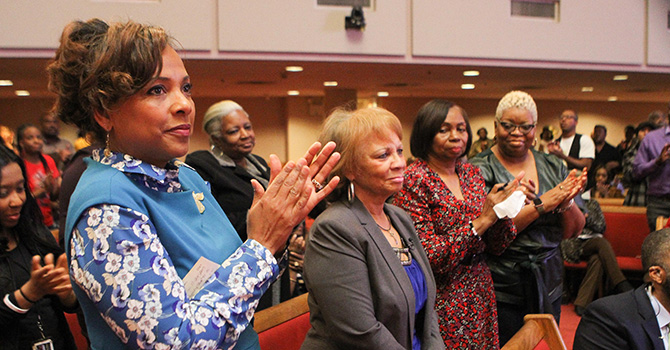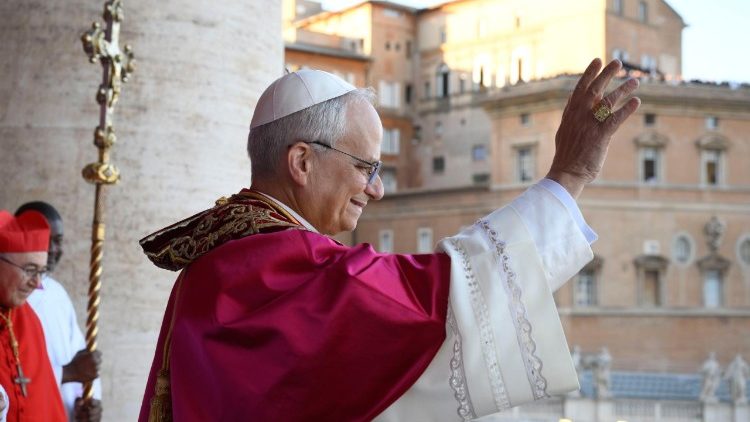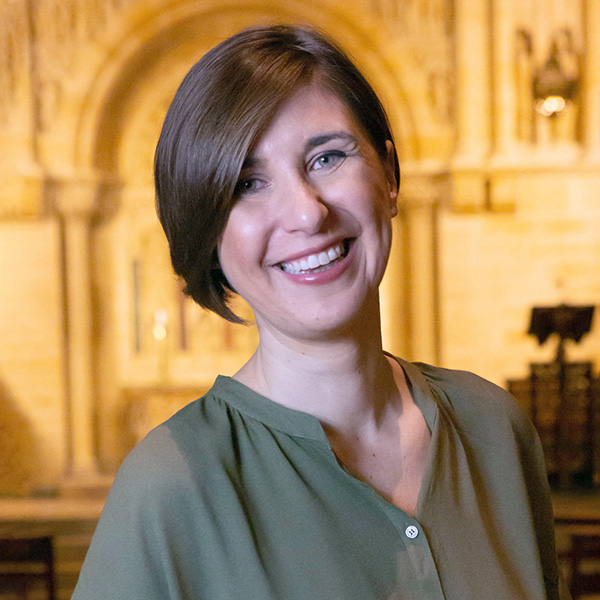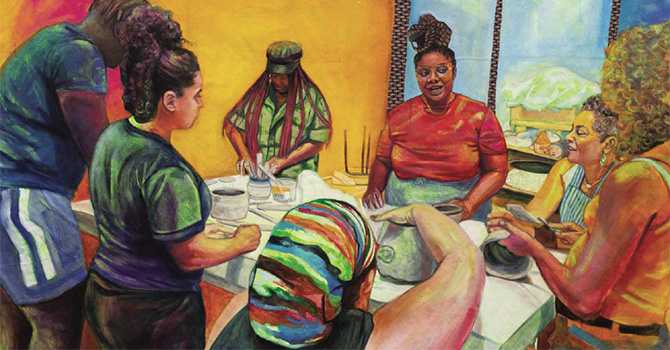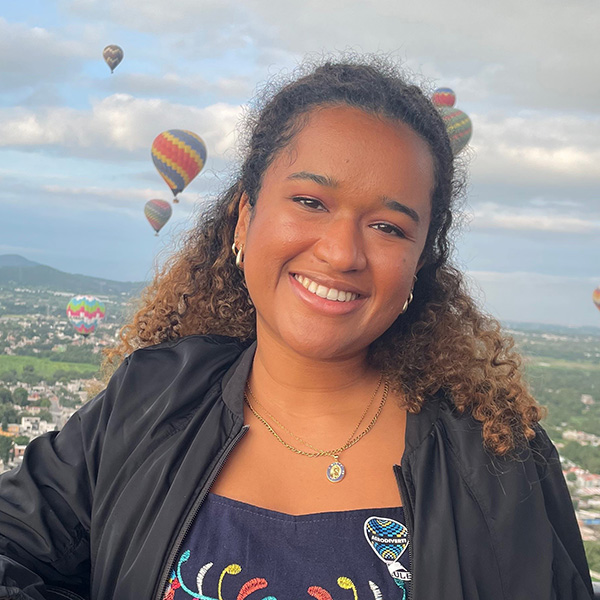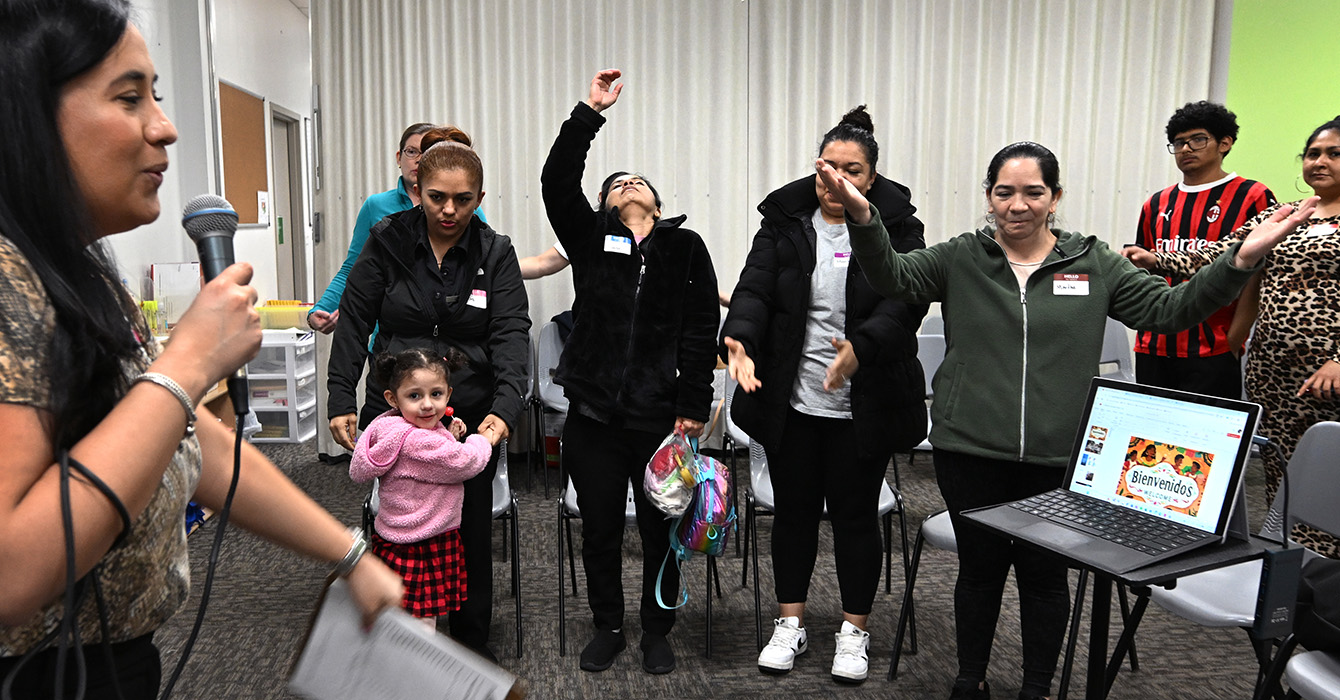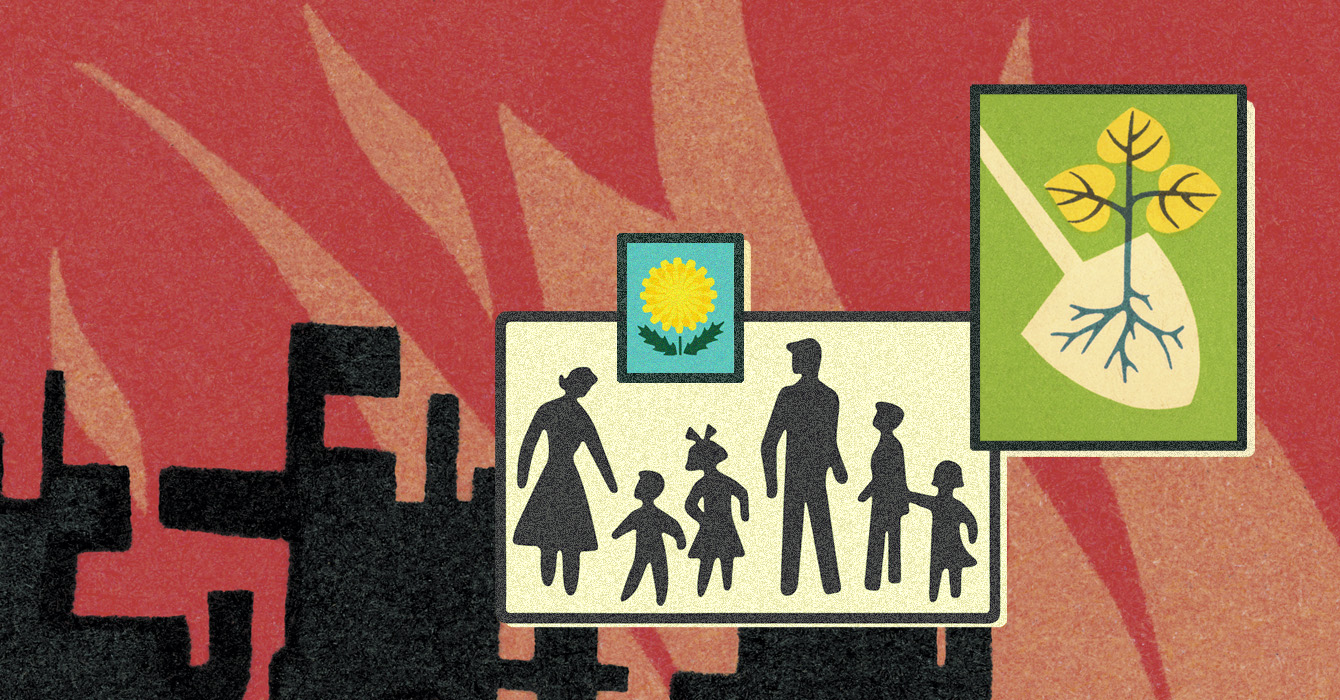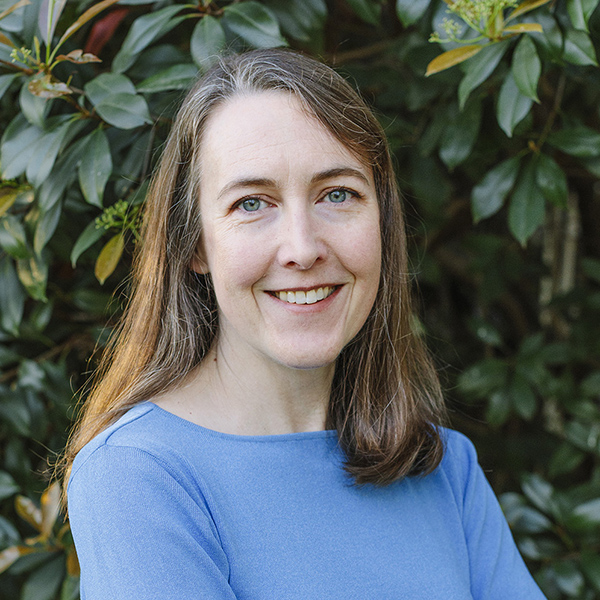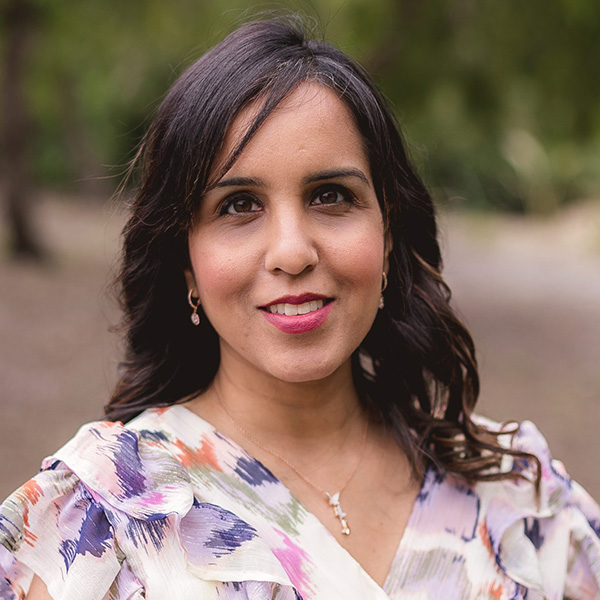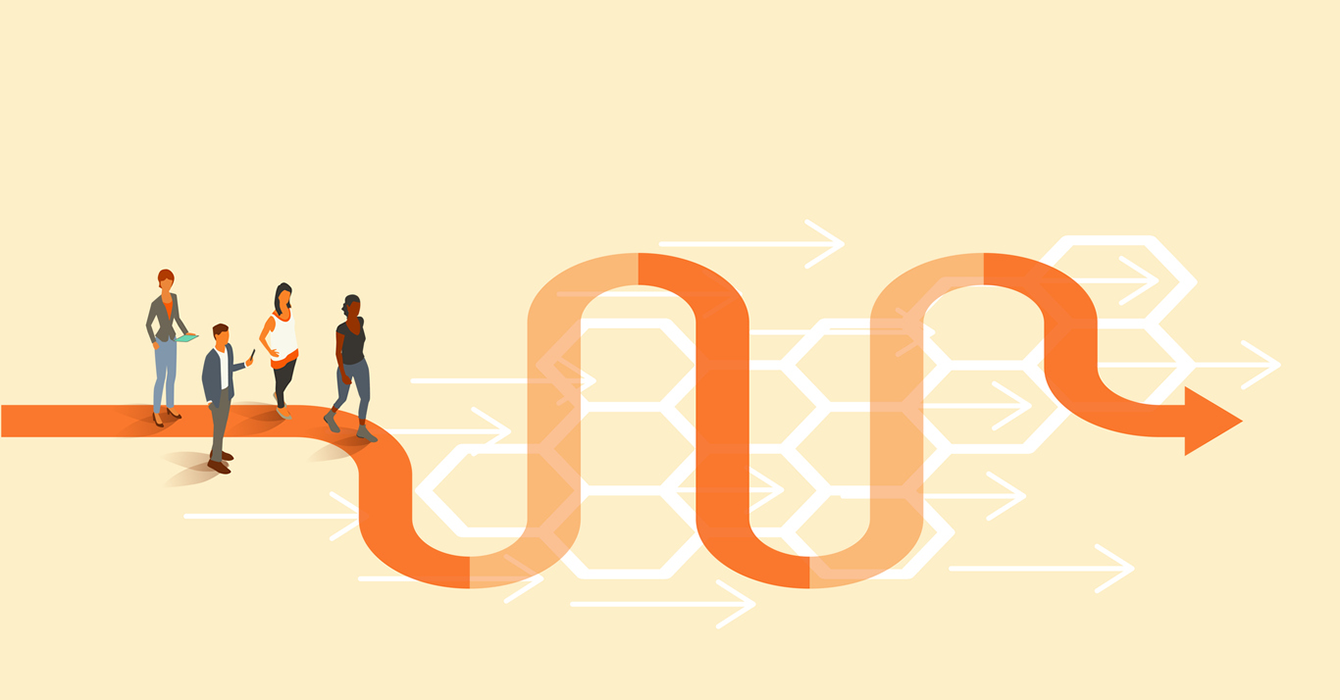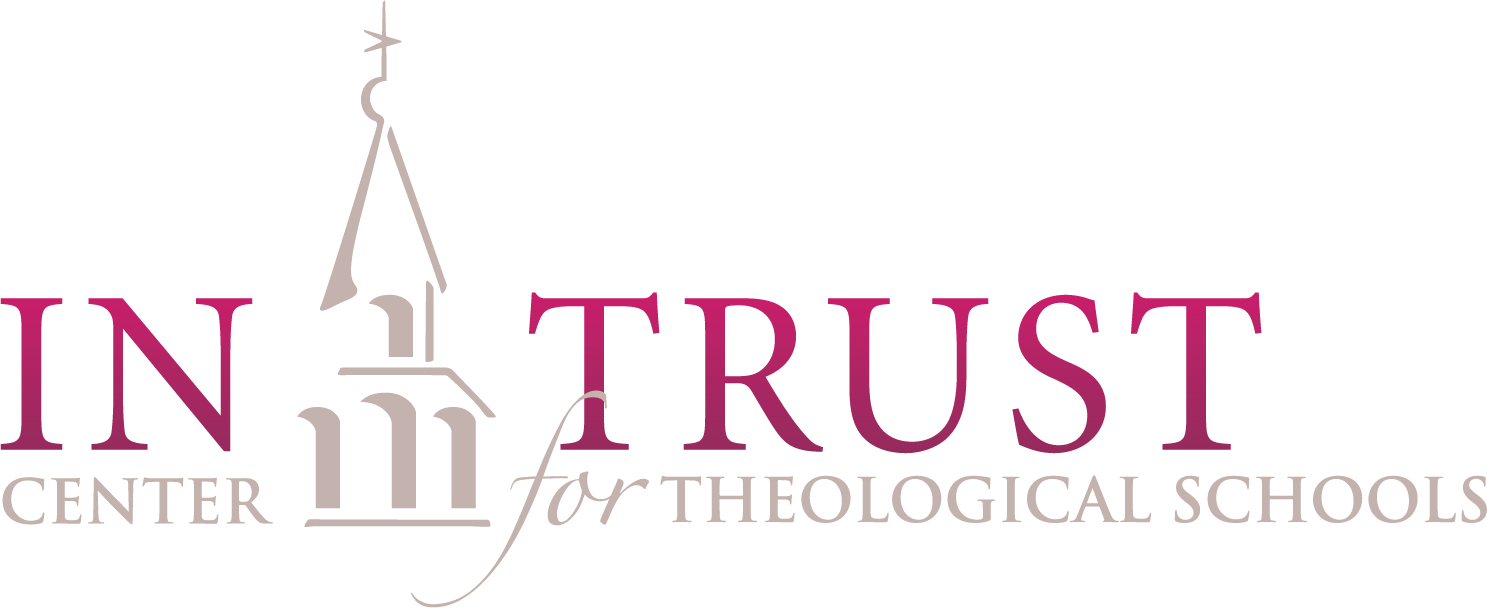The Bible offers plenty of narratives about healing, but barriers to healing and wholeness in the U.S. are significant, in both access and affordability.
In an effort to help relieve the financial burden, some faith communities have partnered with organizations like RIP Medical Debt, which purchases health care-related debt in bulk for pennies on the dollar and then pays that off through donations. The organization recently reached the $10 billion mark for debt forgiven, having helped almost 7 million people.
“Our founders were actually two debt collectors that thought it would be a great idea if they flipped the script and decided to abolish debt rather than collect it,” said Eva Marie Stahl, the organization’s vice president of public policy. “Harnessing the power of that business model, they were able to do some real good.”
Stahl spoke recently with journalist Zack Harold for Faith & Leadership. The following is an edited transcript.
Zack Harold: It’s so interesting that RIP Medical Debt was founded by debt collectors. Can we talk about older debt versus younger debt, and how the organization used to operate versus how you’re shifting?
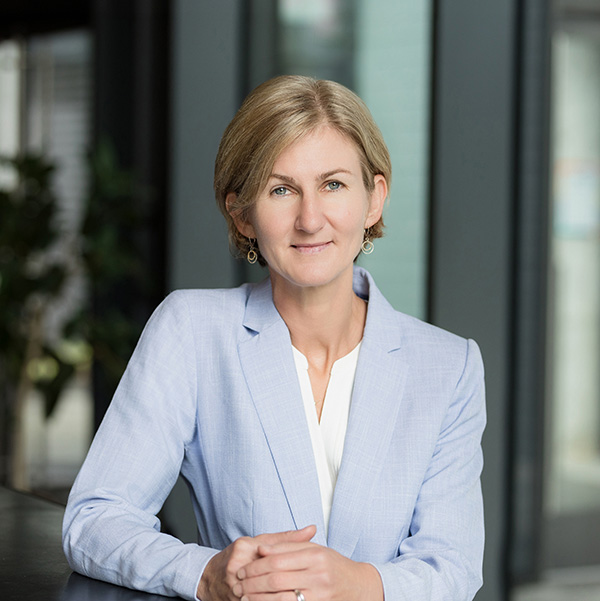
Eva Marie Stahl: Because our founders were debt collectors, they were very knowledgeable about the debt buying, the sale, all those systems. Older debt is often referred to as the secondary debt market, and that debt can be anywhere from five to seven years old, maybe even older. It’s been sitting on books for a long time and then is sold off to the debt buyer.
Knowing that we were further from the individual’s experience of [that initial debt] as we evolved as an organization over time, we also changed our eligibility levels. When we were first founded, I think it was around 200% of the federal poverty limit. Now we’re at 400%, acknowledging that when we look at the data, for the majority of people struggling with medical debt, it just kind of tails off around 400% of the federal poverty level, which is probably about $100,000 for a household of three people.
We’ve evolved in that way, recognizing that medical debt is not just a burden for uninsured people but increasingly also for insured people. That would include a lot of people that are closer to the 400% poverty mark, depending on what state they live in and whether or not their state expanded Medicaid.
Part of that evolution was recognizing that we have a whole new set of people that have the need for abolishment. This is not just a problem for the uninsured. What can we do to alter our model so that we’re really getting to the younger debt? We’re also reaching the eligibility levels of helping individuals from the lower end of the spectrum all the way up to 400% of the federal poverty level.
The way to do that, honestly, was just to get closer to the debt and develop new relationships with hospitals and providers. And so we got a decision from the federal government that we could work with hospitals to purchase their debt, and once we established that, then we started to partner and have closer relationships with hospitals and providers, knowing that we would just get a better reach to patients.
ZH: Why is it better to get the debt earlier than to let it languish and become old debt?
EMS: I think that anyone who has had a financial stress in life knows the physical reaction to that experience. And we [at RIP] know that if we are closer to the health experience, and closer to that bill, we are providing some relief, both for their mental health and, really importantly, we’re helping them come back into the system and not defer care.
This is one of the things that we worry about the most, because there is a lot of financial stress, and people are making trade-offs and different choices around whether or not to go back to the doctor, whether or not to pay a bill. We want to make sure that they’re returning to the care that they need. Our hope, of course, is that if we can take these bills they cannot pay and cannot afford off their plate, they will return for care and be healthier.
We hear from people that every time they drive by a hospital, they’re reminded of that bill they didn’t pay. It just severs that important trusted relationship with the provider, and importantly, it can affect their health both short term and long term. And that’s something that we’re hoping to address by “disrupting,” is what we call it, that cycle of medical debt.
ZH: How does the organization go about finding people to donate money to relieve this debt and forgive it?
EMS: Largely, our organization is founded on the grassroots concept that any individual can be a donor and can be a charity in themselves, because the return on investment is so great. For every $1 you donate, you can relieve $100 worth of medical debt. That’s exciting — to think that you could just donate $1 and make a difference in somebody’s life.
We have a strong arm of our organization that focuses on supporting communities and supporting individuals so that they can fundraise. It’s an exciting engagement opportunity to do some collective community building as well as raise funds to make a difference in somebody’s life. We also work with foundations and major gifts and have benefited greatly from … some MacKenzie Scott funding that really helped fill out our organization.
ZH: The faith element does seem to come into play with why churches would want to partner and do these things. Justice-minded congregations seem to see an opportunity to make a difference.
EMS: I think that’s true. We hear too from our faith partners and some community members that this is a tithe for them. That’s another way that they approach it, as well as doing a more collective community approach, where they’re driving a specific campaign in a specific place to make a difference.
Sometimes we’ve even seen congregations try to expand their concept of community. You might have a set of congregations in one community wanting to benefit another state. That’s an exciting way to think about how we can give to each other and build collective power.
I think the exciting part for us, and for the folks doing the fundraising component, really lies in another part of the organization, which is our story gathering. We have an in-house anthropologist, and she is responsible for taking in all of the feedback. When you get a letter as a beneficiary [explaining that your debt is erased], there’s a QR code for you to be able to go through a portal and engage with us. Because of privacy laws, we can’t just go out and ask people to tell us their stories, but we do provide an invitation in our letter. They can engage with us and build a relationship with us, and they often will start a relationship with our anthropologist, and then she can have deep-dive conversations with them.
She will put together a portfolio of stories that will share the responses for the public so that they can really understand the impact that people have on other people’s lives when they make the decision to donate.
We can share, as a follow-up, some snapshots of what those stories look like, but often it includes the amount that was abolished, and we get a lot of thank-you notes. I think that’s really, really rewarding for the people who make the effort to donate.
ZH: It sounds like RIP Medical Debt understood at some point that the storytelling element, that personal narrative element, would become essential to the work you’re doing.
EMS: Storytelling is so much about all of this. It’s building connection between different people. It’s helping people see themselves in other people’s experiences. But it’s also data.
Having an anthropologist in-house is also [part of], over the past couple of years, what we’ve been doing to build some infrastructure around understanding what themes continue to show up for our beneficiaries. As someone that leads our policy work, that’s data for me to use to develop a policy agenda that really reflects and centers the experiences of our beneficiaries. Part of the strategy here is to continue to be a powerhouse in telling the story of medical debt to build pressure on those who have power to make a difference.
I think that having an anthropologist specifically built into our systems has helped us be very deliberate in how we structure questions, in how we approach the story gathering. We think from the lens of doing ethnographies and how we tell the story of people’s experiences around medical debt. I think it has generated a lot of being very deliberate about our language, about our storytelling, being conscientious about how we treat our storytellers and engage them in a more action-oriented agenda to help connect them to other people, to help them see that they can have a voice too.
By way of example, our anthropologist really nurtured this relationship with one of our beneficiaries, who then felt prepared to be a part of a Zoom [Capitol] Hill meeting, so that congressional members and their staffs could listen to her story. And she was centered as a part of that process. Those are some of the things that we’re building and creating — new opportunities to have a voice in different places, which is really empowering for our beneficiaries.
ZH: Now they’re not just an abstract person or an abstract concept. They’re in the conversation with the people who can really make a difference. You’re also advocating for changes to our health care system that would eliminate the need for your organization. You’re trying to work yourself out of a job. Could you talk about some of that advocacy work?
EMS: Our policy department is a little over a year old, and when I came in about a year ago, it was really immersing myself in the work that our anthropologist had done around the storytelling, really understanding those themes that were surfacing to the top for people, as well as better understanding what the data’s telling us, too, about the debt that we purchase. What we find is that so many of these folks are insured. These are people with medical debt largely because they can’t afford their deductibles or their out-of-pocket costs. Their insurance is just insufficient.
What we were able to do is develop three main domains in which we saw themes continuing to surface that we could prioritize. The first was making sure people have access to affordable coverage that actually works for them. That’s largely addressing high out-of-pocket costs and deductibles that people with low to moderate incomes continue to struggle with and that lead to medical debt.
The second area of focus is the medical billing process and making sure that people know about financial assistance programs, how to access them. That’s supporting our hospital and provider partners in sharing information with them and giving them feedback about where people might be falling through the cracks and how they can do a better job to address that.
Most hospitals do have an average eligibility level of about 200% of the federal poverty level, so there’s still a lot of work to be done in making sure people feel supported. But part of the problem, of course, is that you have people that are underinsured. Financial assistance is no longer just in the realm of the uninsured. The landscape has shifted dramatically, and we need financial assistance support for the insured as well.
The third domain is about banning some of these extraordinary collection practices from debt collectors that lead to harm. Period. It’s wage garnishment, taking people’s homes, taking people to court. These are things that are unproductive and disproportionately harm Black and brown households, and we know that they don’t lead to a good outcome for anyone. We think that they’re just tactics that shouldn’t be deployed.
ZH: In the post-Affordable Care Act, there was a carve-out for Christian health care sharing ministries, a little like an insurance on the front end, but that can end up leaving people stranded with debt when they don’t pay out. Does RIP Medical Debt have any stance or any movement in dealing with those things?
EMS: That’s not our expertise at all, but certainly, anywhere medical debt would emerge would be something we would be concerned about. We do worry that people are confused and unclear on what they’re purchasing. To us, it makes a little bit of a concern around these short-term plans that are sometimes offered, and their scope was expanded under the last administration.
I think that anything that would lead to confusion and not be robust in terms of benefits and coverage is definitely concerning, particularly right now during this moment of Medicaid redetermination, when a lot of people might be transitioning their coverage from Medicaid to marketplace. We want people to be mindful and careful in reading the fine print about what they’re purchasing so if they do have a health care episode, they have the coverage that they expected.
ZH: If people are interested in being a part of what you do, how would you recommend they start that conversation with their congregations, their communities of faith?
EMS: I think there’s a very clear connection [to] helping people around you that comes from a faith-based place. As a person of faith, I feel comfortable saying that’s a natural sort of bridge to that conversation. I know that just being able to identify pathways to have impact is important to congregations. Certainly, the return on investment is swift, and it’s exciting for congregations to be able to see the outcome so quickly.
I think, importantly, it’s also a launchpad to have other conversations about how we care for each other and about making sure that people have access to the insurance that they need. And faith leaders in particular have a unique position to be able to connect people to the short-term solution, like RIP Medical Debt, and the long-term solution, which might be making sure people know about opportunities to be fully covered and ask for help when they need it.
ZH: It kind of echoes the way your organization operates anyway. It started by buying medical debt, and then you shifted focus to try to attack the things that cause medical debt in the beginning. You can see how a congregation would get involved with forgiving this medical debt and then look around and go, “Why does this exist in the first place?” and then become involved in advocacy.
EMS: As we always say, you can walk and chew gum at the same time. You can abolish a lot of medical debt and still work on some of these other issues at the same time.
ZH: Do you see that working not just on potential donors but also on the people you’re trying to influence with your policy advocacy? What is the impact those stories have on people?
EMS: I think that you can never underestimate the power of a story, and that it’s really about building connection. When somebody has had medical debt in their family, just like when they’ve had an illness or a similar experience, it’s very clear that they can relate and understand it.
When you see numbers in the aggregate, they don’t have faces. When you read a story and see a face, there’s a person behind it. That moves people, and it’s an imprint that people don’t forget.


